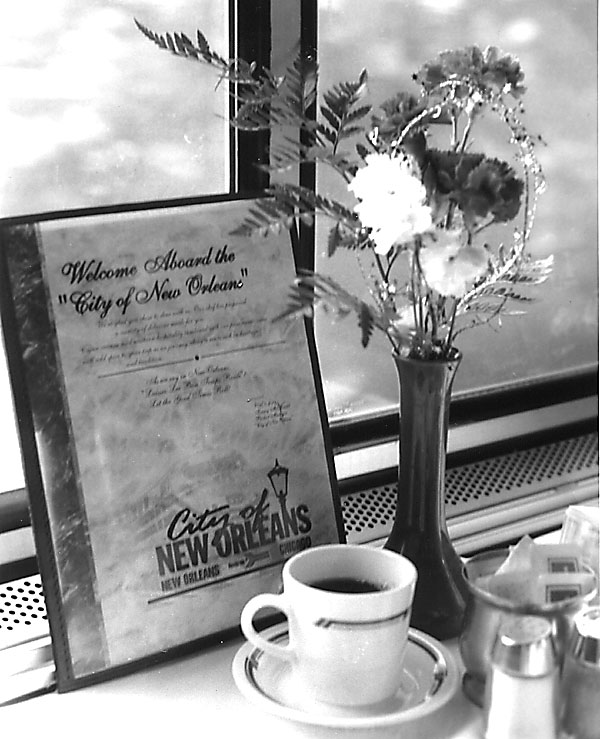
The singular combination of mouth-watering food, good company, and ever-changing scenery remains a selling point of long-distance train travel. “Settle down in the Dining Car while the chef prepares your meal to order and the view whets your appetite,” proclaimed Amtrak in a recent travel brochure.
The last decade has seen an explosion of dinner trains – short-distance excursions that combine rail travel with some type of dining experience, generally either on board the train or at a trackside establishment. Some dinner trains have vintage equipment that first saw use in the consists of elegant streamliners. A few operations even go so far as to recreate the menus served aboard notable trains of the past such as the Super Chief, Broadway Limited, and Olympian Hiawatha.
The 1940s and 1950s were the golden age of train travel and also the pinnacle of railroad dining car operations. For many passengers, the ambiance of the dining car was the reason they rode the train.
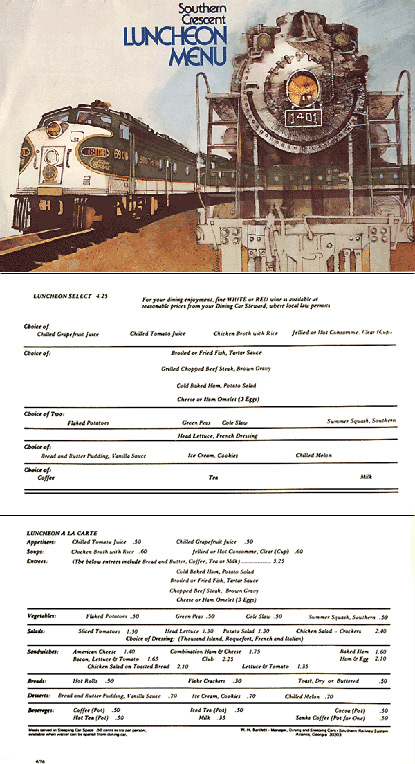
Each railroad had its own fleet of dining cars where travelers were made to feel like royalty as they gazed over menu offerings that included roast leg of lamb with mint sauce, oven-roasted chicken, or pan-fried trout. Freshly baked desserts and fine wines often accompanied dinner. Food was prepared by specially trained chefs and served by attentive uniformed waiters. Dining car tables were covered with spotless white linen, accented with a vase of fresh flowers. Meals were presented on real china with sparkling glassware and stainless-steel flatware.
Feeding the multitudes
Train travel had not always been that opulent, of course. As the railroads rapidly expanded in the mid-nineteenth century, journeys by rail lengthened considerably, leaving the roads grappling with the dilemma of how best to satisfy hungry customers.
Most passengers either packed a lunch or attempted to eat at the busy depot lunchroom, where the service was bad and the food was worse. In those days, all trains had to stop about every hundred miles to replenish the steam locomotives’ water supply. Lunchrooms were built trackside near the water tanks to feed passengers at the same time. The average time for such stops was 20 minutes, which lent an urgency to feeding the passengers.
In 1867, George Pullman introduced his first railroad “hotel car,” the President, a converted sleeper equipped with limited dining facilities. In 1868, Pullman built his next all-dining car, which he named the Delmonico after the famous New York restaurant. The Delmonico was placed in service on the Chicago & Alton Railroad between Chicago and Springfield, Ill. Meals were the lofty price of one dollar.
The Michigan Central was the first railroad to have regularly scheduled dining cars on its trains to and from Chicago beginning around 1876. The Baltimore & Ohio followed suit in 1881, becoming the first railroad in the East to feature dining cars. One by one the western railroads followed, with dining car-equipped trains inaugurated on the Northern Pacific in 1887, Union Pacific in 1890, and Santa Fe in 1891.

Harvey’s reputation for good food, clean facilities, and prompt, excellent service was embodied in the image of the famous “Harvey Girls” he hired as waitresses – one of the earliest examples of foodservice branding. In 1892 Harvey expanded his partnership with the Santa Fe, and the Harvey brand, to include operation of its dining cars. Famous Santa Fe trains with Fred Harvey diners included the California Limited and Super Chief.
Santa Fe was proud of its affiliation and soon “Meals by Fred Harvey” became a slogan that helped build its reputation as one of America’s great railroads. The Harvey Girls themselves became an American institution, so much so that MGM released a Hollywood musical in 1946 with Judy Garland, Ray Bolger, and Angela Lansbury, about the famous waitresses who helped settle the American West.
Dining car operations
Because dining cars were expensive to build and operate, they usually ran only on name trains and well-traveled routes. The average diner required a crew of eight to ten people: cooks, waiters, and a steward. Diners were costly to stock, too. Crockery, glassware, tablecloths, flatware, menus, and food all had to be loaded at the commissary prior to departure.
For a dining car chef, the logistics of on-board food preparation were certainly more challenging than working in a traditional restaurant kitchen. The train was in constant motion, the workspace was very compact, and storage space was minimal. Chefs had to be alert for any kind of unexpected motion. You never knew when the train would suddenly slow down, go around a sharp curve, or accelerate as fast as 80 miles per hour. Cutting vegetables was a challenge, and chefs had to peel carrots very carefully, bracing themselves with their feet apart. The same held true for dining car waiters, who had to learn to carry food and beverages as the train rocked and swayed down tracks made of jointed rail.
Signature dishes
Much of the glamour from that golden age of train travel centered around the lovely china and distinctive menus found in the dining car. As with many restaurants today, the menus not only detailed the choice of entrees, but also served as subtle marketing tools, reinforcing the railroad’s reputation and amenities in the traveler’s mind while enticing diners with the train’s distinctive recipes.
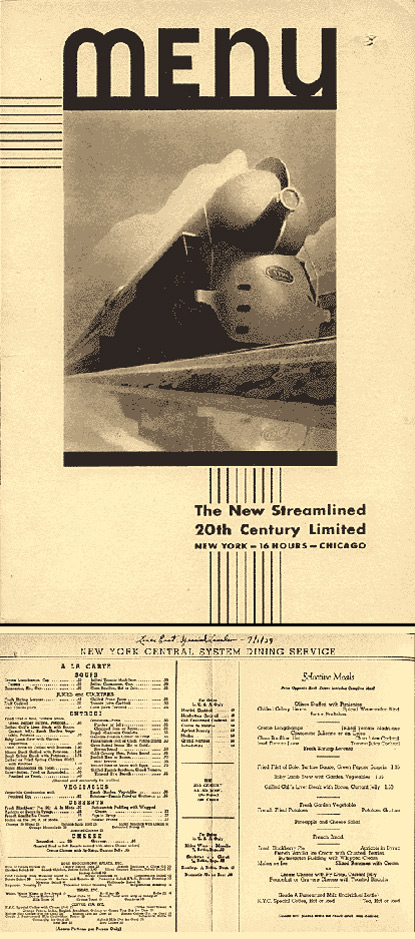
Many railroads were known for serving a signature dish found only aboard their dining cars – and often named the entree either for the train itself or a landmark along the train’s route. New York Central named its stuffed chicken breasts Chicken à la Century after its flagship streamliner the 20th Century Limited; passengers aboard the Golden State Limited or the Rocket could partake of a Rock Island Reuben for lunch; a popular dessert item in the Pennsylvania Railroad’s dining cars was Shoo-Fly Pie, a signature dish from the state’s Pennsylvania Dutch settlers. Other well-liked specialties included Missouri Pacific’s Golden Dollar French Toast, Southern Pacific’s Salad Bowl, and Southern Railway’s Georgia Peaches.
Amtrak continues that tradition today, serving regional dishes that evoke the areas through which its trains pass. For example, dining car patrons on the Washington-Chicago trains Cardinal and Capitol Limited can select from dinner entrees that include Shenandoah Grilled Chicken and Windy City Pork Ribs. On the Los Angeles-Seattle Coast Starlight, grilled salmon from Washington State and wines from California are featured in the dining car. The Crescent and City of New Orleans both offer catfish, a popular Southern treat, on their lunch and dinner menus. Amtrak’s chefs are trained at the Culinary Institute of America and, like the dining car chefs of the past, are encouraged to develop new recipes.
The recipes for four signature dishes from the streamliner era can be found at the end of this article.
Collectible menus
Railroads encouraged travelers to take home dining car menus as souvenirs of their trip. Highly prized among railroad collectors today are the ornate menus from Pullman diners of the late 19th century, which were often several pages long. Great Northern employed the talented German-born artist Winold Reiss to paint Montana’s Blackfeet Indians for its now collectible menu covers.
Other menus were commemorative and printed by the railroads to celebrate an important landmark or holiday. Commemorative menus usually had the railroad’s logo embossed on the cover. For the silver anniversary of its Super Dome Hiawathas (1935-1960), the Milwaukee Road rolled back its menu prices to sixty-five cents – the same price it charged in 1935 for dinner entrees such as Grilled Lake Superior Whitefish and Lamb Chops Hiawatha. (Keep in mind Milwaukee Road did this long before the fast food chains of today adopted similar “commemorative” menu prices.)
Some railroads had children’s menus, which were very colorful and often had a toy train or nursery rhyme on the cover. The Chicago, Burlington & Quincy had a clever nursery rhyme on its menus that described two children watching the famous Zephyr:
Jack & Jill went up the hill,
A Silv’ry train to spy.
Said he to her, “You saw that blur?
The Zephyr just went by.”
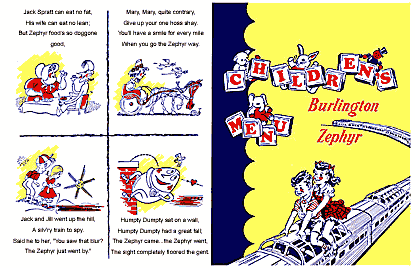
Also sought after are presidential menus listing the date and meals served to United States Presidents who traveled on a particular railroad’s passenger train.
Menus and railroad china continue to be the dining car items most sought after by collectors. They provide a nostalgic reminder of the days when train travel was the predominant mode of transportation in the United States.
Four signature dining car recipes
Potato Pancakes, served on Chicago & North Western’s Dakota 400.
Ingredients:
2½ cups coarsely shredded raw potatoes
1 small onion, grated
1/3 cup all-purpose flour
1 egg
1 tsp salt
oil
Directions:
1. In a medium bowl, add all ingredients except the oil. Stir with a fork.
2. Preheat a skillet until a drop of water sizzles. Spread 2 tablespoons of oil over bottom of skillet.
3. Using a spatula, flatten the pancakes into 4-inch circles. Cook until brown and crisp on underside. Turn and cook until other side is brown and crisp. Note: Make a few pancakes a time.
4. Drain on paper towels and place on warm platter to keep heated while preparing more pancakes. Add more oil as needed.
5. Serve pancakes with applesauce.
Shoo-Fly Pie, served on Pennsylvania Railroad’s Broadway Ltd.
Ingredients:
Crumb mixture
2 cups flour
¾ cup brown sugar
1/3 cup shortening or butter
½ tsp nutmeg
1 tsp cinnamon
Syrup mixture
1 cup molasses
½ cup brown sugar
2 eggs
1 cup hot water
1 tsp baking soda, dissolved in the hot water
Two 8-inch pie crusts, already made
Directions:
1. Mix ingredients of crumb mixture thoroughly in a bowl until crumbs are formed.
2. In a separate bowl, mix ingredients of syrup mixture thoroughly.
3. Pour half of the syrup mixture into one already prepared unbaked pie crust. Add half of crumb mixture.
4. Repeat process with the other pie crust.
5. Bake pies at 400 degrees for 10 minutes, then reduce heat to 350 degrees and continue baking for an additional 50 minutes.
6. Cool before serving.
Golden Dollar French Toast, served on Missouri Pacific’s Texas Eagle.
Note: Do not use pre-sliced bread. Cut slices ¾-inch thick from a whole loaf of bread.
Ingredients:
4 slices white bread
3 eggs
½ cup cream (half and half can be substituted)
4 drops vanilla
Shortening
Powdered sugar
3-4 thin orange slices
4-5 strawberries
Directions:
1. Stir eggs, cream, and vanilla together in a bowl. Mix well.
2. Dip bread slices in the mixture.
3. Add shortening to the frying pan. When hot, fry bread slices until evenly toasted to a light brown.
4. Sprinkle toast with powdered sugar.
5. Garnish with orange slices.
6. Arrange strawberries at rim of plate. (A tasty variation is to use frozen strawberries that are thawed then spooned onto the toast.)
Chicken à la Century, served on New York Central’s 20th Century Ltd.
(Serves 2)
Ingredients:
1 cup crushed seasoned bread crumbs
½ cup grated Parmesan cheese
1 whole chicken breast, skinned and boneless
2 slices boiled ham
2 slices American or Swiss cheese
½ cup melted butter or margarine
Directions:
1. Combine bread crumbs and Parmesan cheese on flat dish.
2. Cut chicken breast in half. Pound flat.
3. Place one slice of ham and cheese on flattened chicken breast. Fold chicken around the ham and cheese and secure with a toothpick. Repeat process for second chicken breast.
4. Dredge chicken in crumb mixture and place in a baking dish.
5. Sprinkle the remaining bread crumbs over the chicken breasts and drizzle with melted butter.
6. Bake in oven at 350 degrees for approximately one hour, or until juice runs clear and crumb mixture is browned.
Recipes reprinted with permission from Robert Yahnke, Secret Recipes of the Great Railroad Dining Car Chefs (Impressions, Inc., 1983).






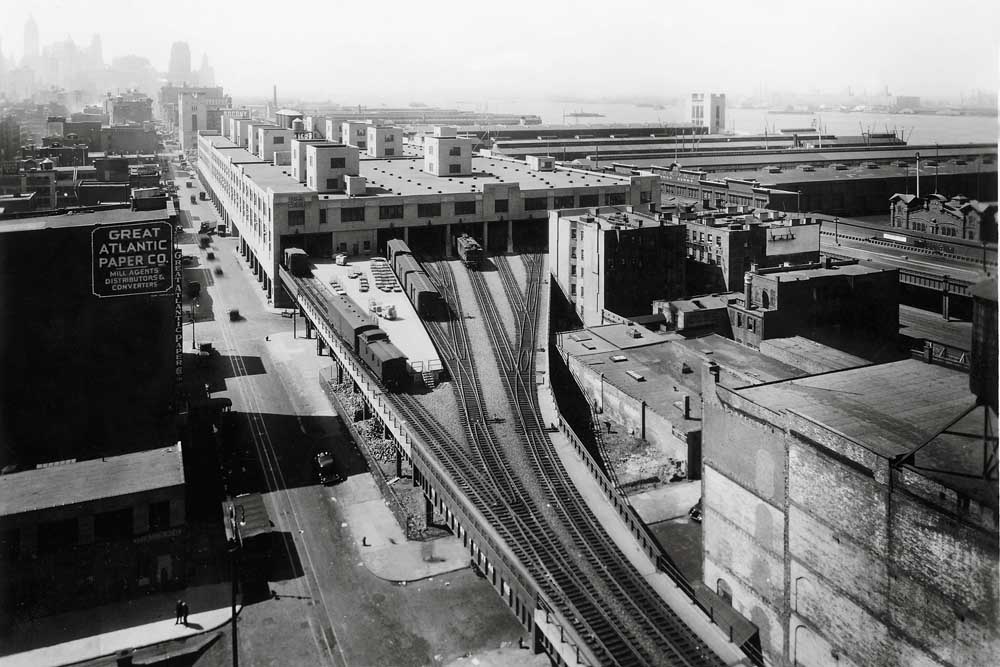
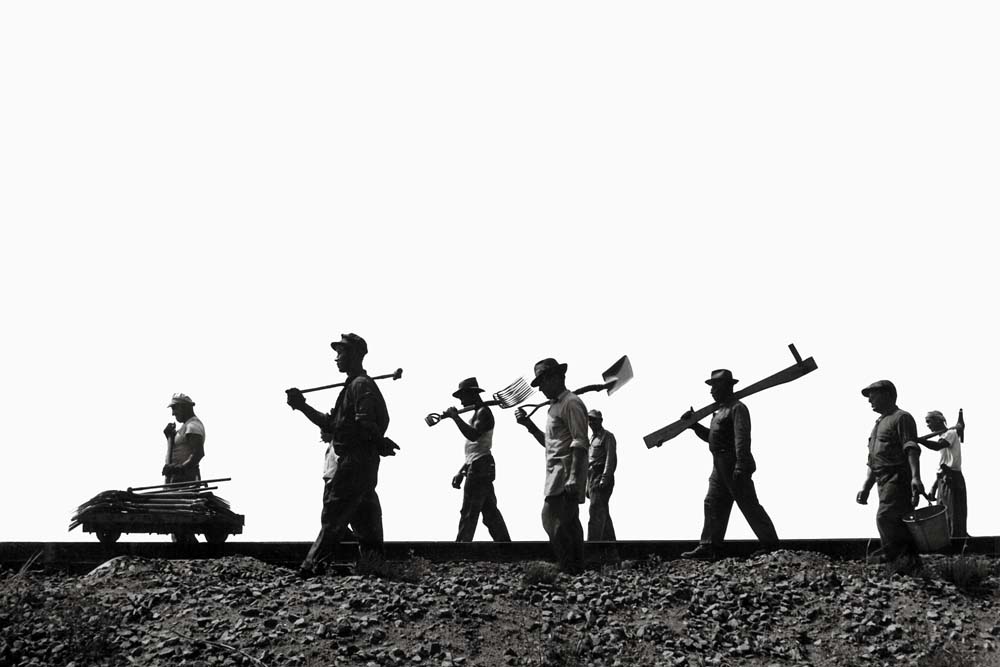
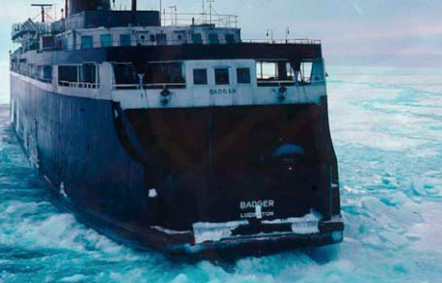
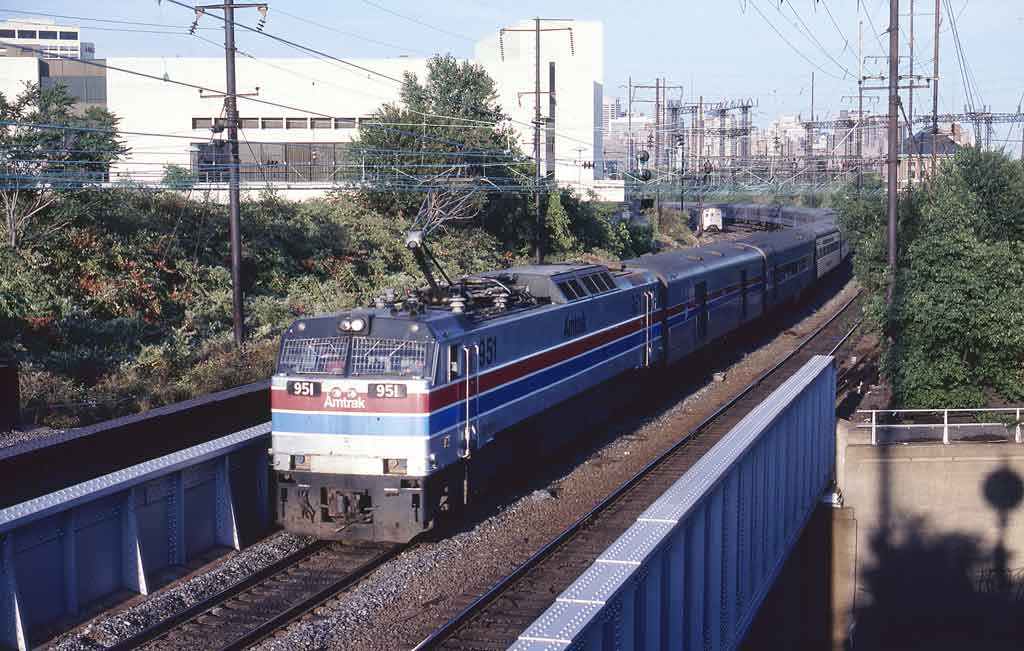




I remember well eating my meals on the UP’s City of Los Angeles train. It always cost a little more to eat in the dome dinner. You didn’t mention that you were required to fill out your order form.
The best part for me was after eating, the diner would close and all who worked there had me laughing at their wonderful stories. What great people worked in those dining cars!!!